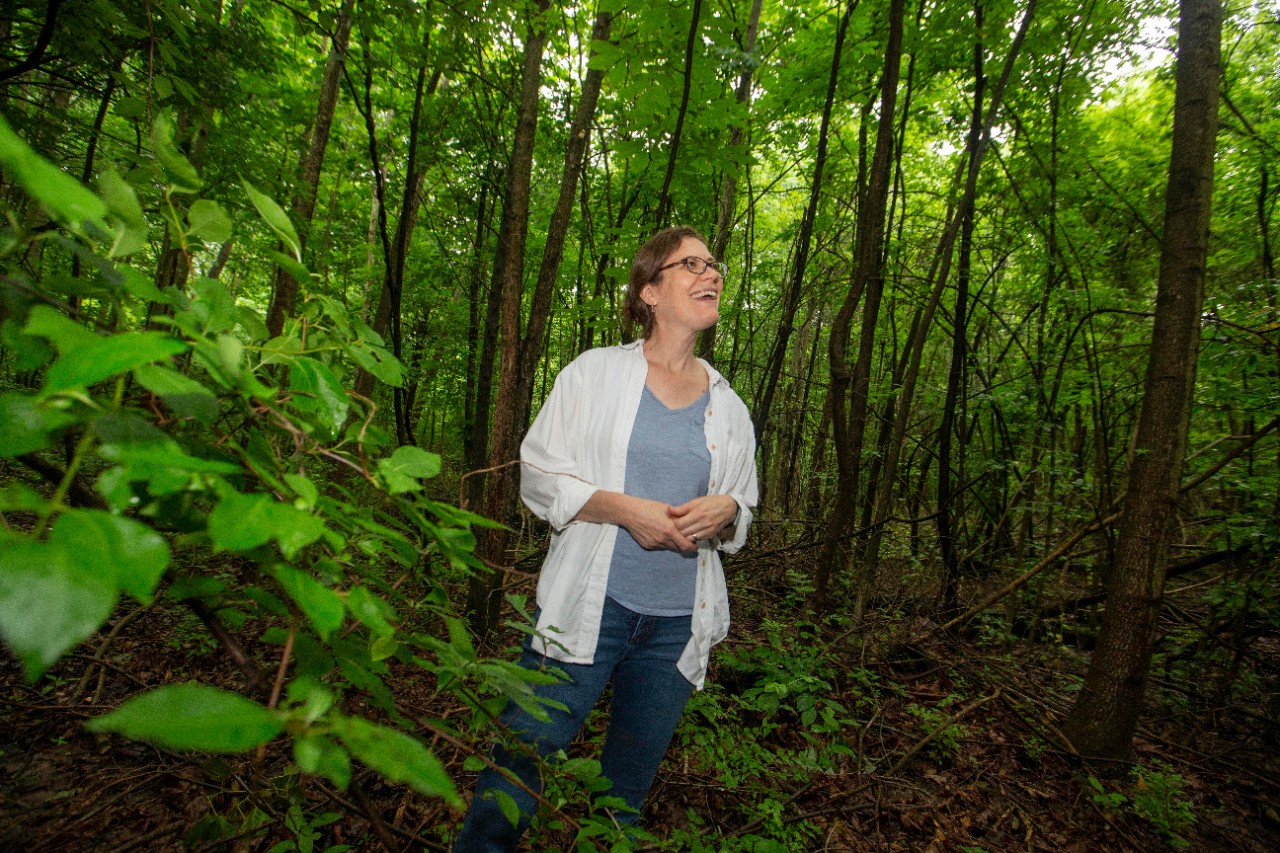spoke to a University of Cincinnati biologist about why a ubiquitous flowering tree in the Midwest is creating an environmental problem.
Bradford pear trees were introduced from China. Initially, the imported varieties were sterile. But since they also were fragile, with trunks that easily split as they grew, nurseries crossed them with similar hardy trees that could reproduce.
And reproduce they have. Wild pear trees have cropped up along highways and in forest clearings far where birds deposit their seeds, said Theresa Culley, head of UC's Department of Biological Sciences.
"That's one of the really interesting things about invasive species. There's always a story behind it," Culley told WLWT.
Today, the white blossoms of Callery pear trees are easy to spot each spring across Cincinnati.
The invasive pear trees are crowding out native species that provide more food and habitat for wildlife.
Ohio plans to ban the sale and distribution of Callery pear trees starting next year with a five-year grandfather clause to allow garden stores to sell their remaining inventory.
Featured image at top: A northern mockingbird is surrounded by the white flowers of a Callery pear tree. Photo/Michael Miller

UC biologist Theresa Culley stands in a grove of wild Callery pear trees at the Harris M. Benedict Nature Preserve. The fast-growing trees are crowding out native forests in some parts of the Midwest. Photo/Joseph Fuqua II/UC Creative + Brand






